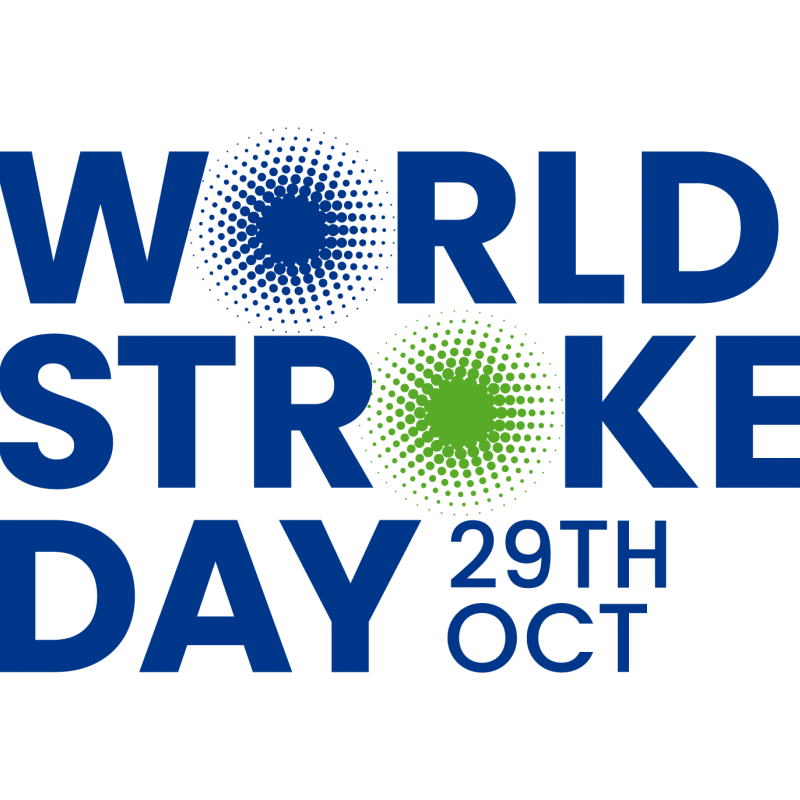From Halloween to Bonfire Night, through to New Years Day, the skies of the North-East and County Durham will be lit up as fireworks brighten our dark winter skies.
Whilst fireworks are great fun to watch with family and friends, it’s important to remember that they can cause some serious injuries, if not handled responsibly and carefully. Even a sparkler can cause a nasty burn.
Stay safe this Bonfire Night
Despite our best efforts, accidents happen and sometimes, things don’t go to plan.
Here’s Help! First Aid Training’s guide to how you can be prepared and the do’s and don’ts of treating a burn.
Your skin is amazing!
Our skin has several important jobs;
- It maintains our temperature
- It retains water
- It protects from injury and infection
Burn damage is so painful because of all of our nerve endings are underneath our skin’s surface. A burn carries a high risk of infection and can continue to burn down through our skin layers, so it’s important to act quickly.
First Aid for burns
Here’s what to do to treat a burn;
- Remove any loose clothing or jewellery near the burnt area of skin, in case of swelling.
- Cool the burn using cool (think 12 degrees) running water for at least 20 minutes. This is the minimum amount of time, longer is better.
- After cooling, cover the burn in a non-fluffy sterile dressing or clingfilm.
Here’s what you shouldn’t to do;
- Do not try to remove anything that's stuck to the burnt skin, as this could cause more damage.
- Do not be tempted to use greasy substances, such as butter on the burn – oils retain heat, which is the opposite of what you are trying to do - you're trying to disperse the heat.
- Do not try to cool the burn with ice, or iced water – ice can cause further damage to the skin.
- Do not wrap the burn in clingfilm, in case swelling occurs; just lay the clingfilm over the burn.
- Do not be tempted to put your casualty into a cold shower or bath to cool the burn. It’s ok to gently focus a shower on the site of a burn, on an arm or leg for example, but putting the whole body into the cold water could cause hypothermia.
- Do not break any blisters that form – they are guarding against infection.
If in doubt, seek emergency medical assistance.
If you are in any doubt at all, or if any of the criteria below apply, seek emergency medical assistance;
- The casualty with the burn is a child or infant.
- The burn is full-thickness (this is the deepest degree of burn – it may look black or charred and not be painful).
- The burn extends around an arm or leg.
- The burn site is on the face, genitals, hands or feet.
- The burn is partial thickness (has blistered – do not burst the blisters) and covers more than 1% of the body, which is roughly the size of the palm of your hand.
- The burn is superficial (affects the outermost layer of the skin – will be red and painful) and covers more than 5% of the body.
- The burn is of mixed depth.
Wherever you’re celebrating, keep everyone safe and have a wonderful time! 🎆
At Help! First Aid Training, we teach how to recognise and respond to burns and other medical emergencies as part of our accredited first aid courses, including:
· Emergency First Aid at Work (EFAW)
· First Aid at Work (FAW)
· Requalification First Aid at Work
· Paediatric First Aid (12 hours – Ofsted compliant)
We deliver regular open courses at our Shildon Business Centre in County Durham and offer onsite first aid training for businesses across the North-East.
From Barnard Castle to Bishop Auckland, Spennymoor to Sunderland, Catterick to Consett, and beyond we offer training to businesses, schools, colleges, nurseries and individuals, providing H.S.E. (Health and Safety Executive) compliant training.
Website: www.helpfirstaidtraining.co.uk
Email: info@helpfirstaidtraining.co.uk
Call us: 01388 417303
Related News
First Aid for Diabetes: How to treat Hypoglycaemia and Hyperglycaemia
In this guide, Help First Aid Training explains the main types of diabetes, how to spot symptoms of low blood sugar and high blood sugar, and what steps to take...
How Do I Recognise the Signs of a Stroke?
Statistics tell us that one in four of us will suffer a stroke. This World Stroke Day, we're supporting the initiative to #act FAST and finding out how we can...
How do I treat an eye injury?
An injury to your eye can be serious and can happen anywhere. Here's Help! First Aid Training's guide on how to treat an eye injury safely and effectively.



